Benefits Of Evening Primrose Oil For Skin And How To Use It
An easy way to moisturize your skin, boost its radiance, and fight the signs of aging!
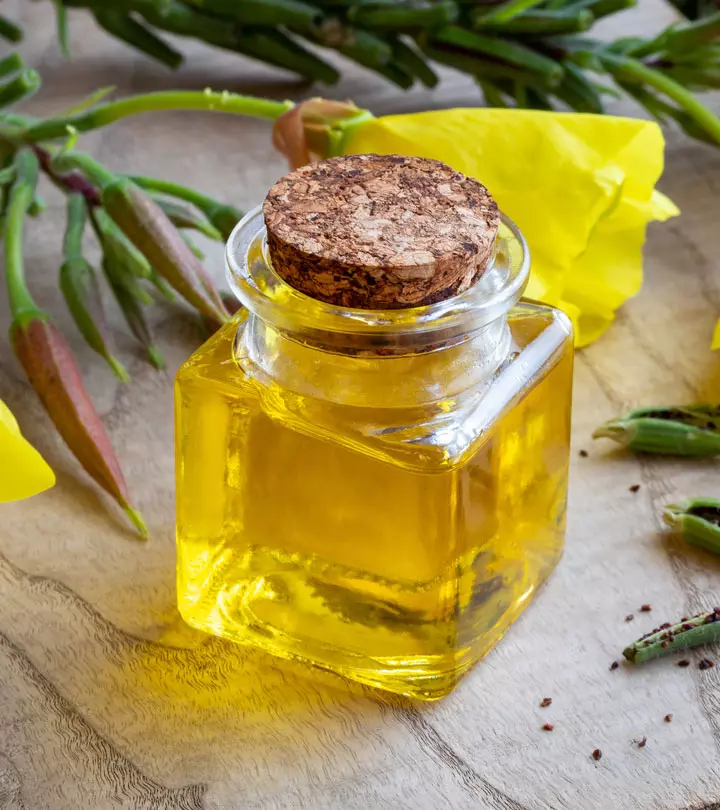
Image: Shutterstock
Evening primrose oil is fast becoming a popular home remedy for acne and eczema for its anti-inflammatory properties. It is said to improve skin elasticity and texture. But does it really work? If yes, how can we use it? Can it be a complete treatment for acne? Well, the answers are here. Knowing how it works and the science behind its benefits is essential for anyone thinking about adding this natural remedy to their skin care routine. In this article, we discuss the benefits of evening primrose oil for skin, its effectiveness in managing acne, how to use it, and its potential side effects. Keep reading.
 Trivia
TriviaIn This Article
What Is Evening Primrose Oil?
Evening primrose oil is a natural oil procured from the seeds of Oenothera biennis, commonly known as the evening primrose plant. This plant is native to North America, and it produces small yellow flowers that open in the evening, hence its name. The oil is extracted from the seeds through a cold-pressing process, yielding a rich source of essential fatty acids, particularly gamma-linolenic acid (GLA) (1). It is used for various purposes, including dietary supplements and skin care products. Some people also use and recommend using evening primrose oil for hair loss. This oil has found a place in traditional medicine and modern wellness practices, serving many uses beyond its botanical origins. Evening primrose oil is widely recognized for its potential health benefits. Now, let’s examine the mechanism of action of evening primrose oil in addressing acne.
Key Takeaways
- Researches suggest that evening primrose oil helps reduce non-inflammatory and inflammatory acne lesions.
- You can use this oil once or twice daily to moisturize your skin, reduce the signs of aging, and boost skin health.
- In some cases, this oil may cause side effects like headaches, nausea, difficulty breathing, and loose stools.
Evening Primrose Oil For Acne
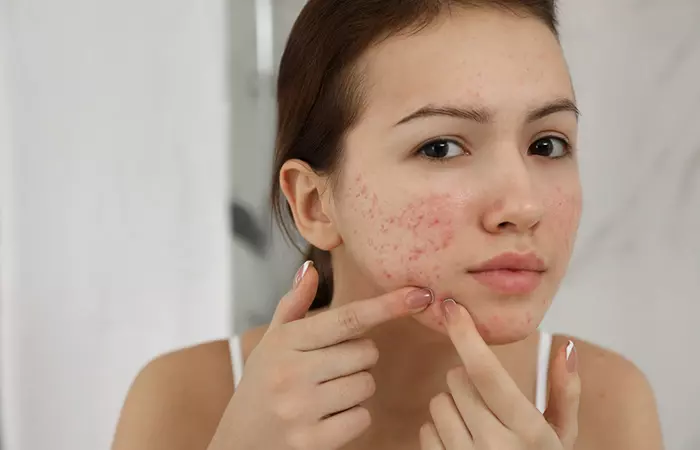
The gamma-linolenic acid in evening primrose oil may reduce non-inflammatory and inflammatory acne lesions (2). This acid is found primarily in vegetable oils. It may also hydrate the skin.
Research shows that evening primrose oil may treat xerotic cheilitis (chapping of lips) in acne patients being treated with isotretinoin (3). Anecdotal evidence suggests that massaging evening primrose oil on the face daily may reduce post-acne blemishes. However, there is no scientific evidence to back this claim.
Another study suggests that the oil may ease premenstrual syndrome (PMS) symptoms, including acne. This could be attributed to its linoleic acid content (4).
According to a YouGov poll conducted in 2023 among 2,000 Americans, including 1,014 women who have experienced menstruation, 38% of respondents stated that they always have mood changes, while 43% said they sometimes experience them during their periods. Symptoms like fatigue, bloating, and cramps are experienced at least sometimes by three-quarters of menstruating individuals. At least half of these individuals reported experiencing breast tenderness, headaches, or acne while on their period. These individuals may benefit from evening primrose oil.
A beauty blogger shared how she used evening primrose oil for numerous skin benefits. She writes, “So I realize it was evening primrose oil making my face plump and bright, and not just that, on the first month I notice my acne becomes lesser, even my cousin and a friend notice it, and told me that my face is clearer than before (i)”.
 Fun Fact
Fun FactAdding evening primrose oil to your daily skincare routine can offer you a few other benefits. Check them out in the next section.
Benefits Of Evening Primrose For Skin
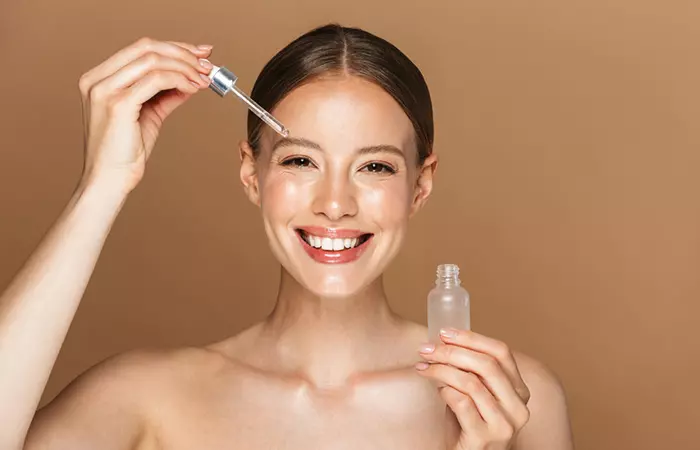
- Evening primrose oil (Efamol) is effective in managing atopic dermatitisi A medical condition that causes itchy, dry and inflamed skin on the arms and behind knees due to allergens. (4), (5), (6). Certain symptoms of atopic dermatitisi A medical condition that causes itchy, dry and inflamed skin on the arms and behind knees due to allergens. are similar to that of acne, and it is possible that the oil may also help reduce acne.
- A study showed that evening primrose oil can moisturize skin and improve its elasticity. It may reduce water loss through the skin (trans-epidermal water loss) and tackle skin redness and firmness. It may also improve skin fatigue resistance in healthy adults (7).
- Anecdotal evidence suggests that using the oil once or twice daily moisturizes skin and boosts skin radiance. Massaging it into the face regularly may reduce wrinkles and other signs of aging, although there is no clear evidence for this. The oil may also help manage psoriasis (8).
- Evening primrose oil has antibacterial, antifungal, and antioxidant properties. These may help boost skin health, wellness and hygiene (8).
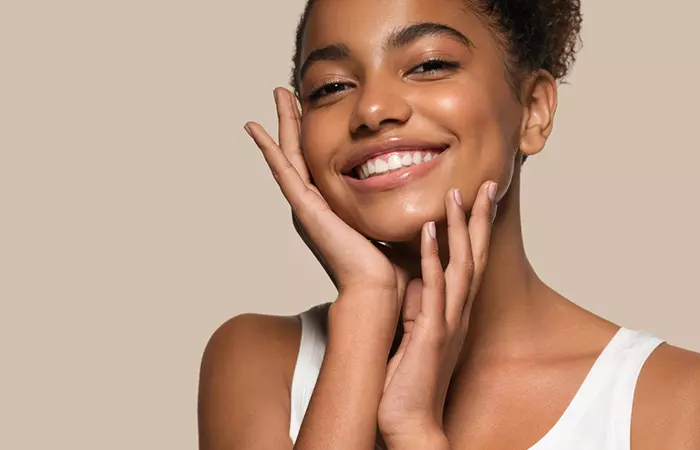
Now that you know the benefits of evening primrose oil, here are the ways you can add it to your skincare regimen. Read on.
How To Use Evening Primrose Oil
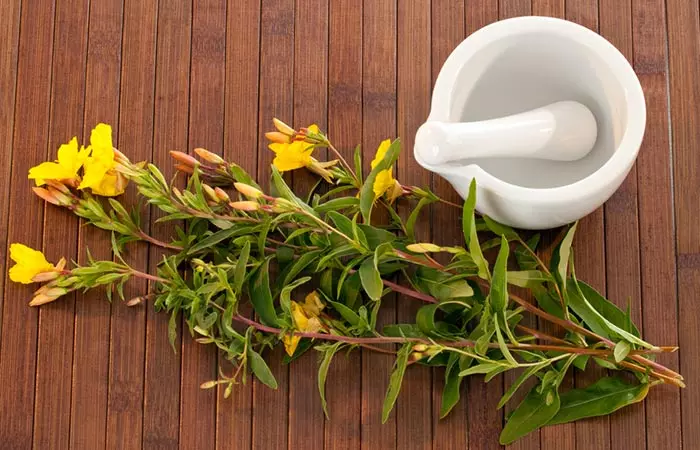
Ingest only about 1 to 8 grams of evening primrose oil daily. The dosage may vary for each brand. Check the label and consult a dermatologist before using any supplements.
- To Manage Inflammatory Conditions: Apply 1 ml of 20% evening primrose oil to the skin twice daily for up to four months.
- To Improve Skin Health: Take 500 mg of evening primrose oil capsules three times a day for up to 12 weeks.
- You can use this natural remedy by applying this oil directly on the skin. It can be paired with other oils and herbs to form face packs, creams, moisturizers, etc., to reduce the effects of aging like wrinkles. As it contains essential fatty acids like gamma-linolenic acid, linoleic acid and omega-6, it helps to improve skin elastin and makes your skin look younger (9).
Note: Be aware of the brand of evening primrose oil supplements and topical products that you buy. Research about the company as well as the supplement. Also, for sensitive skin types, it’s important to patch test the oil before using it on your face. This helps ensure that you won’t have any allergic reactions or irritation when applying it to larger areas of your skin.
Though evening primrose oil benefits the skin in many ways and is considered safe for almost all skin types, it may have a few side effects.
Side-Effects
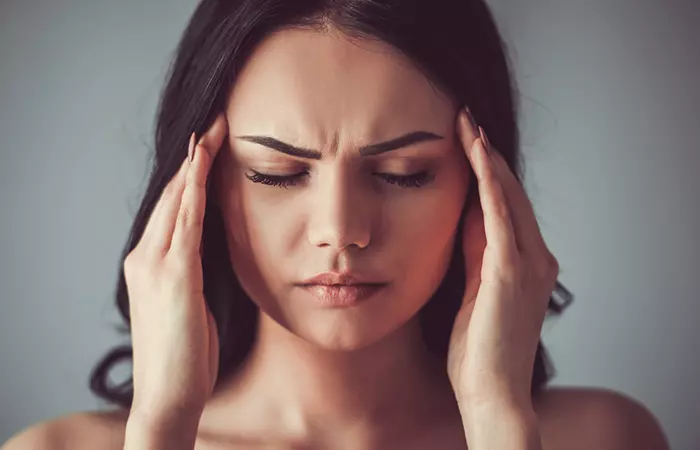
The safety of evening primrose oil for long-term use is yet to be determined. It may increase bleeding when used with blood thinners. It may also lower blood pressure if too much is ingested.
Other side-effects are generally mild. These include (8):
- Headache
- Abdominal pain
- Nausea
- Loose stools
- Seizures
Ingesting the lowest and safest dosage of the oil may prevent side effects. In rare cases, this oil may cause allergic and adverse reactions like
- Inflammation of hands and feet
- Rashes
- Difficulty in breathing
- Wheezingi A shrill whistling sound during breathing that occurs when the airway is partially blocked due to allergic reactions, or cold.
Note:
There is no sufficient research on the safety of evening primrose oil on pregnant and breastfeeding women. Stay safe and avoid use.
Infographic: 6 Ways Evening Primrose Oil Boosts Skin Health
Evening primrose oil has recently gained immense popularity, owing to its various benefits that promote clear, flawless skin. However, many aren’t aware of these benefits and often miss out, failing to incorporate it into their daily skin care routine. Check out the infographic below for a quick read through the most important skin benefits of evening primrose oil. Dive in to say hello to gorgeous skin!

Illustration: StyleCraze Design Team
Evening primrose oil is a popular home remedy used for managing eczema, psoriasis and acne. Its high gamma-linoleic content may reduce inflammation caused by acne. Additionally, the benefits of using evening primrose oil for your skin include improved skin elasticity, skin hydration, and skin health. Ensure that you follow the instructions given on the package before applying. While evening primrose oil is safe for application, some people may experience side effects such as abdominal pain, rashes, or nausea. Since there is no sufficient evidence on the long-term safety of primrose oil, pregnant women and nursing mothers should avoid using it.
Frequently Asked Questions
Is evening primrose good for pigmentation?
A study found that topical administration of evening primrose oil effectively lightened UVB-induced hyperpigmentationi Ultraviolet B irradiation causes skin diseases and pigmentary disorder after any skin inflammation or injury. in human skin. The findings imply that this ingredient has the ability to be used as a cosmetic lightening agent (10).
Is evening primrose oil good for oily skin?
Evening primrose oil is an excellent moisturizer that improves skin health and rejuvenates the skin. However, because of the oil’s thick nature, it might not be a good choice for those with oily or acne-prone skin.
How long does evening primrose oil take to work for the skin?
It depends on factors such as individual skin type, age, the concentration and quality of the oil used, and overall health. While some people may notice an improvement in their skin within a few days, others may need to use it for several weeks or months to see noticeable benefits.
What is the best time to take evening primrose oil?
It depends on the reason one is taking it. For general health benefits, one can take it with a meal to aid absorption and prevent indigestion. In case of a specific condition such as eczema or premenstrual syndrome (PMS), we recommend following the dosage and timing provided by a qualified healthcare professional for optimal benefits.
Illustration: Benefits Of Evening Primrose Oil For Skin And How To Use It
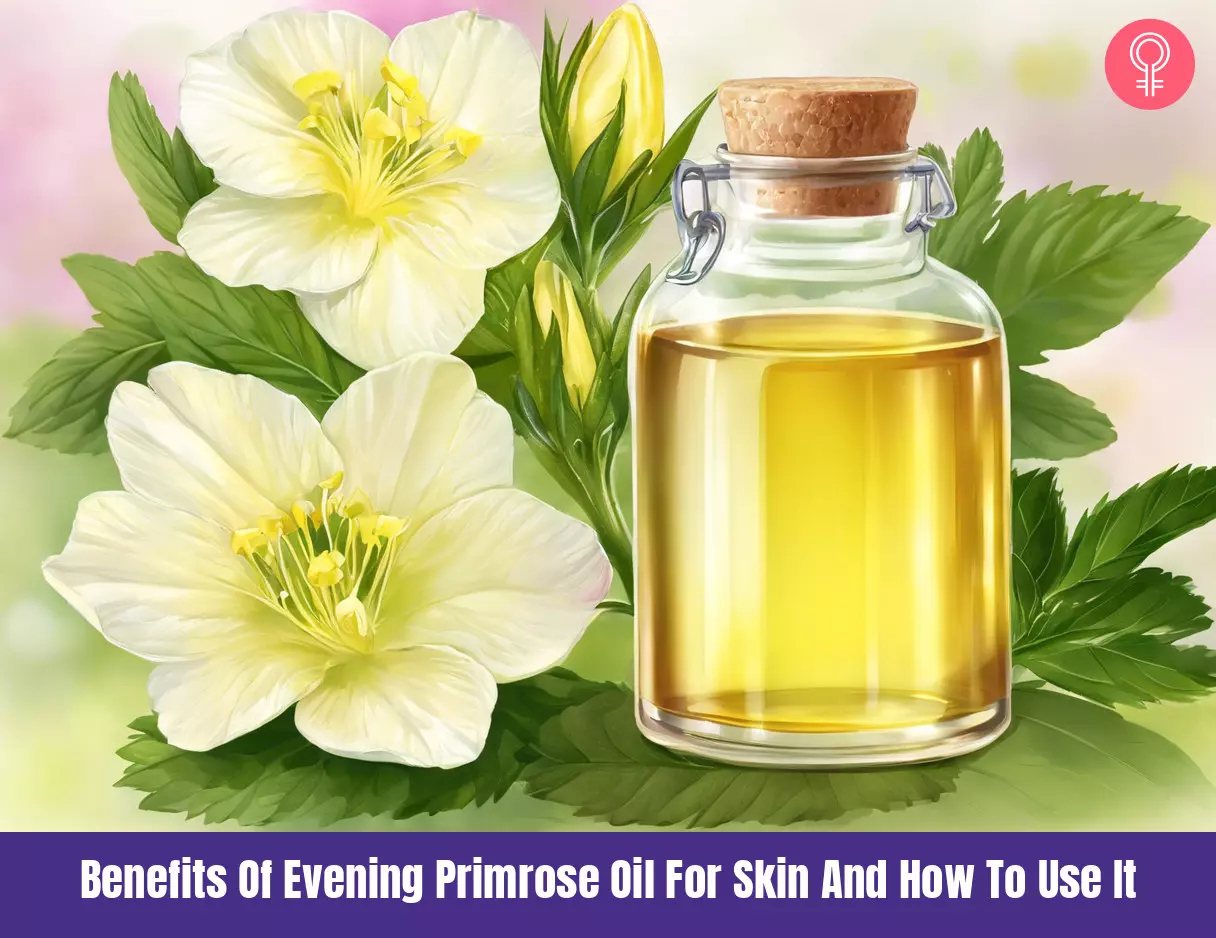
Image: Stable Diffusion/StyleCraze Design Team
Learn all about the amazing benefits of evening primrose oil with this insightful video. Discover how it can help improve your skin, hair, and overall health.
Personal Experience: Source
StyleCraze's articles are interwoven with authentic personal narratives that provide depth and resonance to our content. Below are the sources of the personal accounts referenced in this article.
i. How Evening Primrose Oil cleared my facehttps://maiessentials.wordpress.com/2013/10/04/evening-primrose-oil-be-acne-free/
References
Articles on StyleCraze are backed by verified information from peer-reviewed and academic research papers, reputed organizations, research institutions, and medical associations to ensure accuracy and relevance. Read our editorial policy to learn more.
- A double-blind evaluation of evening primrose oil as an antiobesity agent
https://pubmed.ncbi.nlm.nih.gov/6360923/ - Effect of Dietary Supplementation with Omega-3 Fatty Acid and Gamma-linolenic Acid on Acne Vulgaris: A Randomised Double-blind Controlled Trial
https://www.medicaljournals.se/acta/content/html/10.2340/00015555-1802 - The Effect of Evening Primrose Oil for the Prevention of XeroticCheilitis in Acne Patients Being Treated with Isotretinoin: A Pilot Study
https://www.ncbi.nlm.nih.gov/labs/pmc/articles/PMC4252667/ - Evening Primrose (Oenotherabiennis) Oil in Management of Female Ailments
https://www.ncbi.nlm.nih.gov/labs/pmc/articles/PMC6718646/ - Evening Primrose Oil (Epogam®) in the Treatment of Chronic Hand Dermatitis: Disappointing Therapeutic Results
https://www.karger.com/Article/Pdf/246224 - Systemic evening primrose oil improves the biophysical skin parameters of healthy adults
https://onlinelibrary.wiley.com/doi/abs/10.1111/j.1467-2494.2005.00274.x - The Therapeutic Effect of Evening Primrose Oil in Atopic Dermatitis Patients with Dry Scaly Skin Lesions Is Associated with the Normalization of Serum Gamma-Interferon Levels
https://www.karger.com/Article/Pdf/49385 - Evening Primrose Oil (Oenotherabiennis L.)
https://www.nccih.nih.gov/health/evening-primrose-oil - Systemic evening primrose oil improves the biophysical skin parameters of healthy adults.
https://pubmed.ncbi.nlm.nih.gov/18492193/ - Saponified evening primrose oil reduces melanogenesis in B16 melanoma cells and reduces UV-induced skin pigmentation in humans
https://pubmed.ncbi.nlm.nih.gov/20352496/
Read full bio of Dr. Meena Konada
Read full bio of Anjali Sayee
Read full bio of Ramona Sinha
Read full bio of Monomita Chakraborty






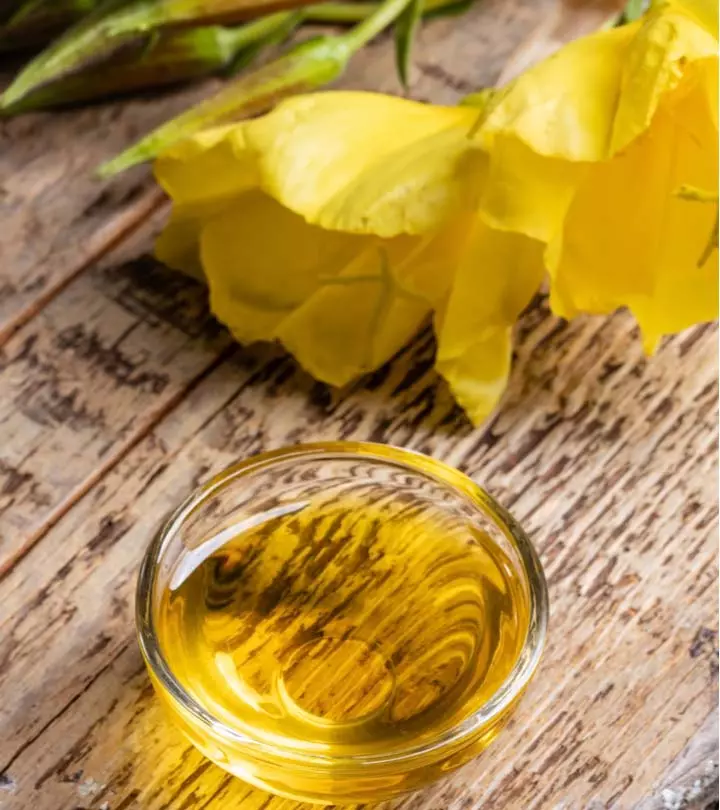
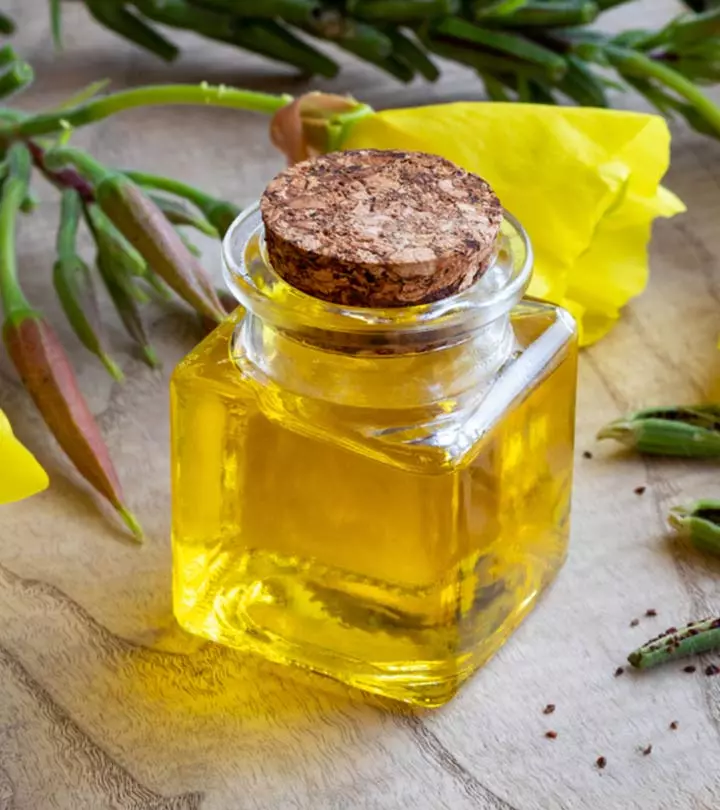
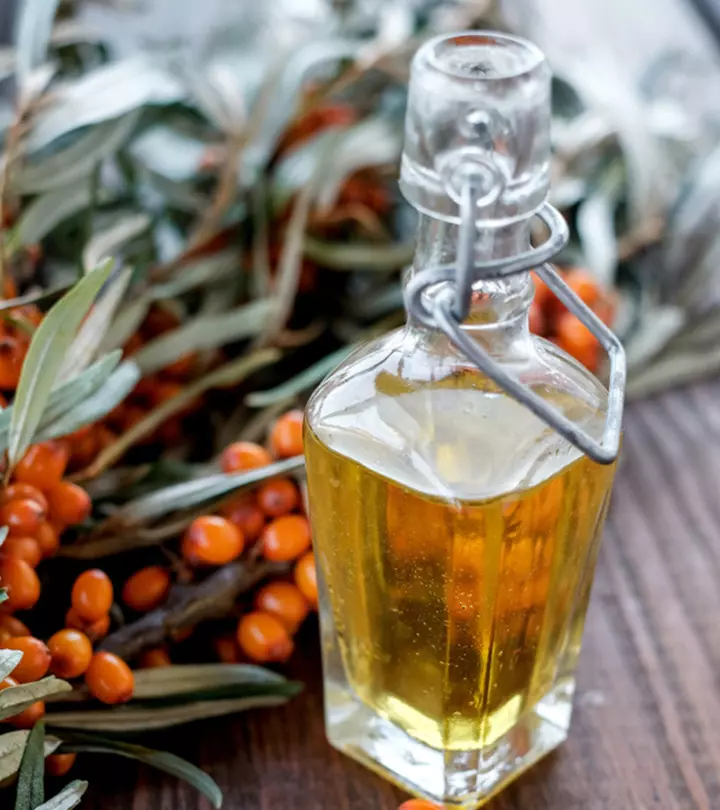
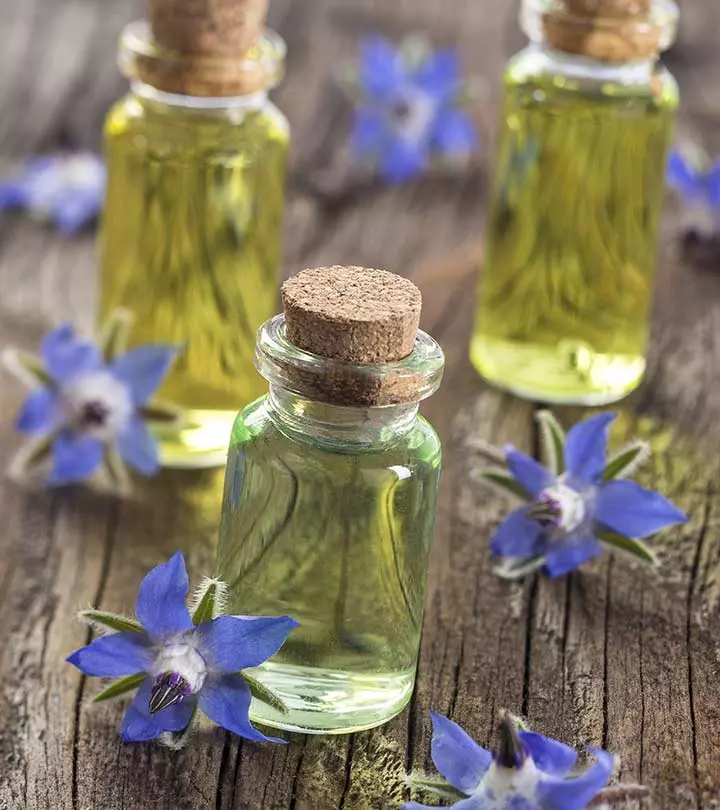

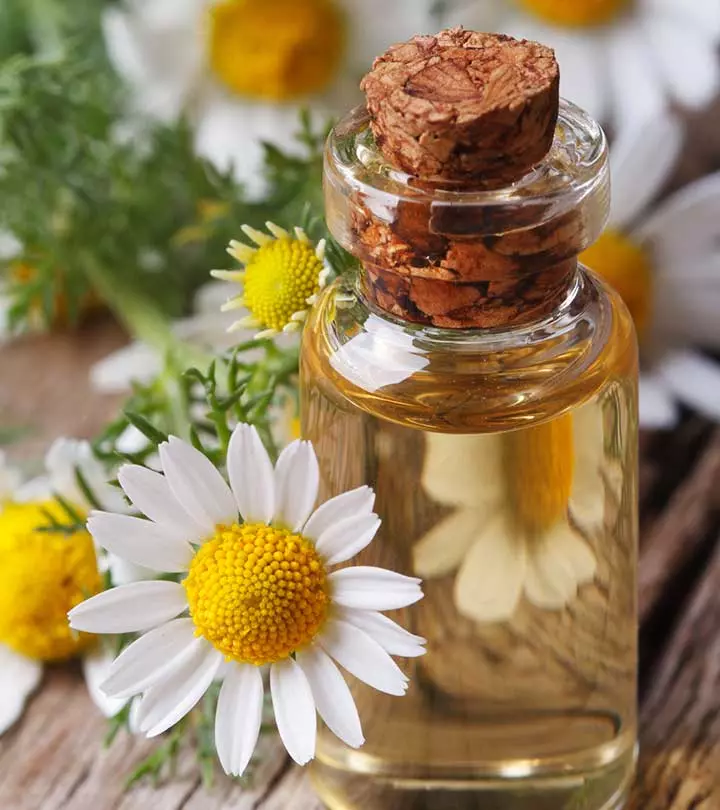
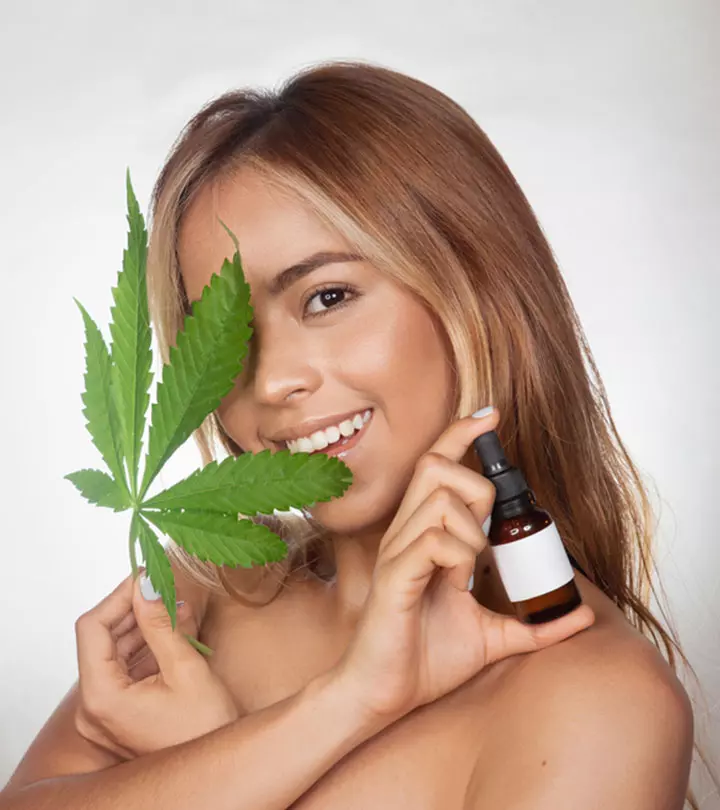
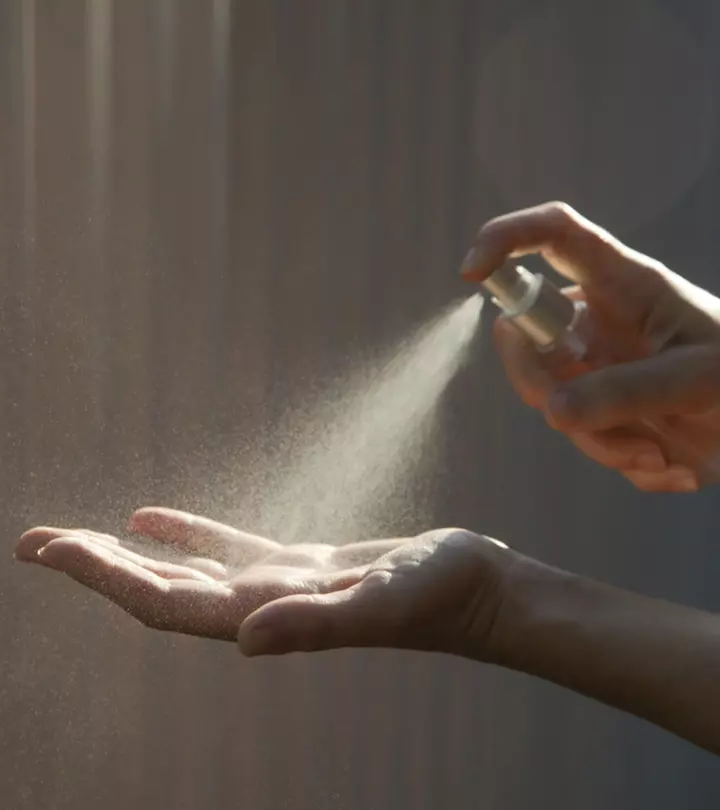
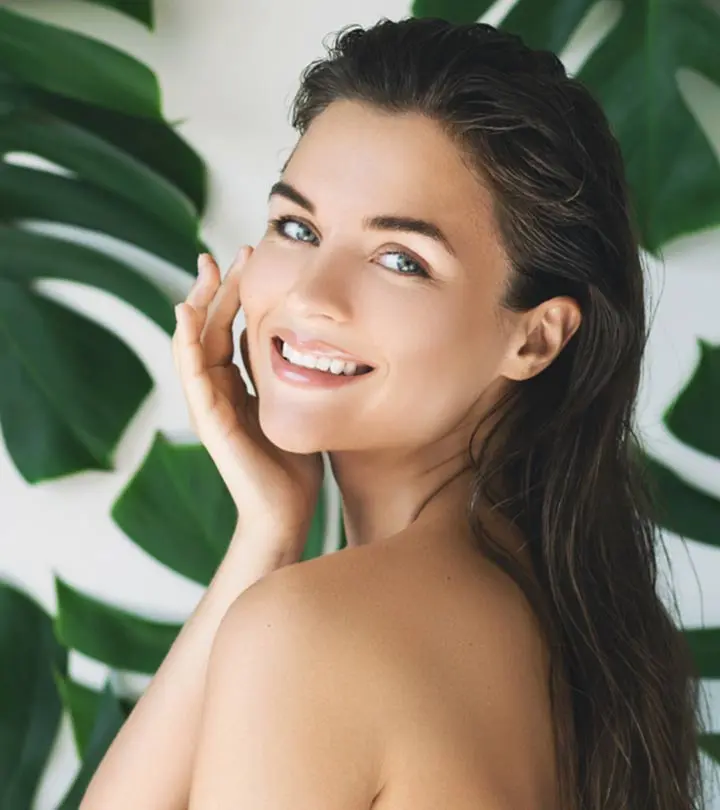
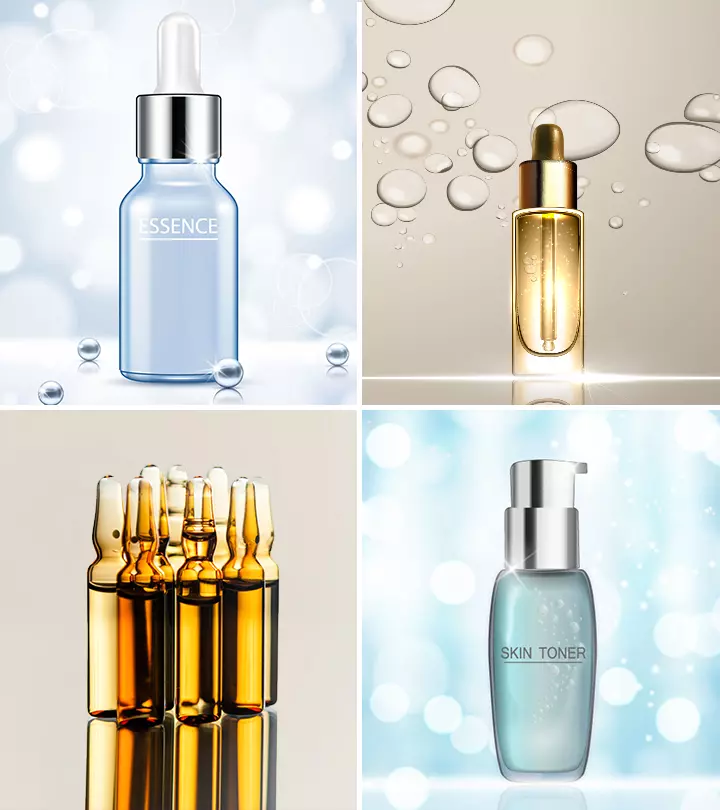


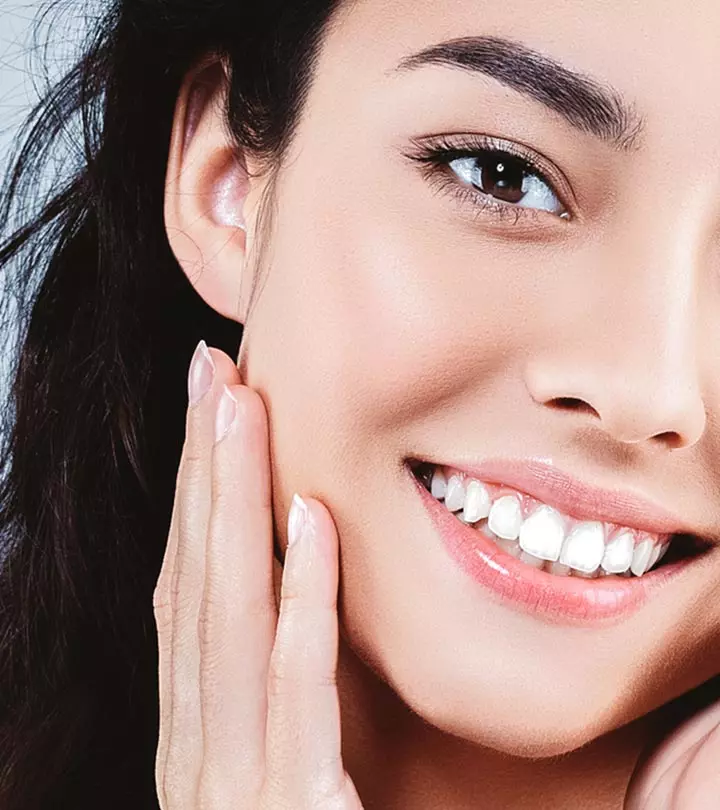
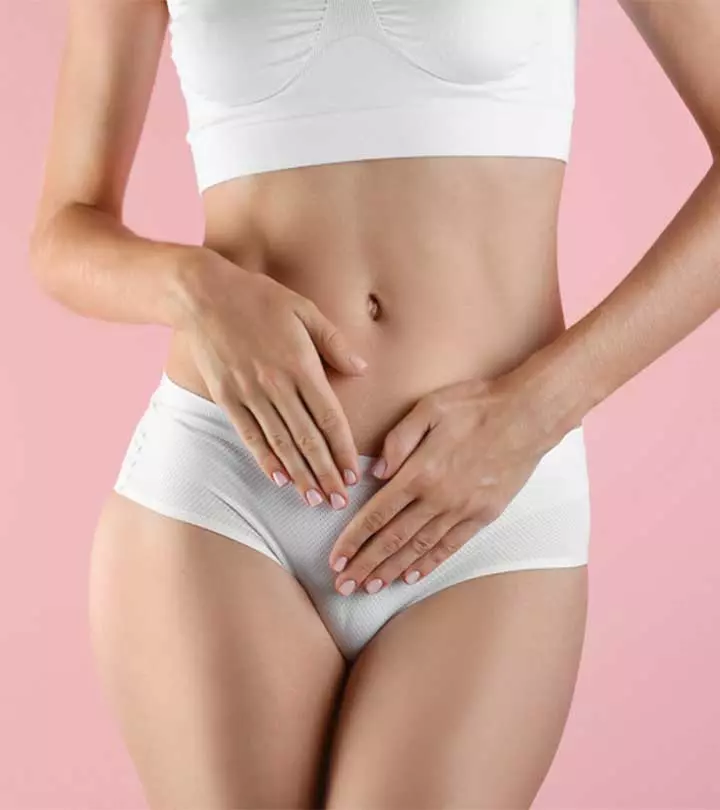
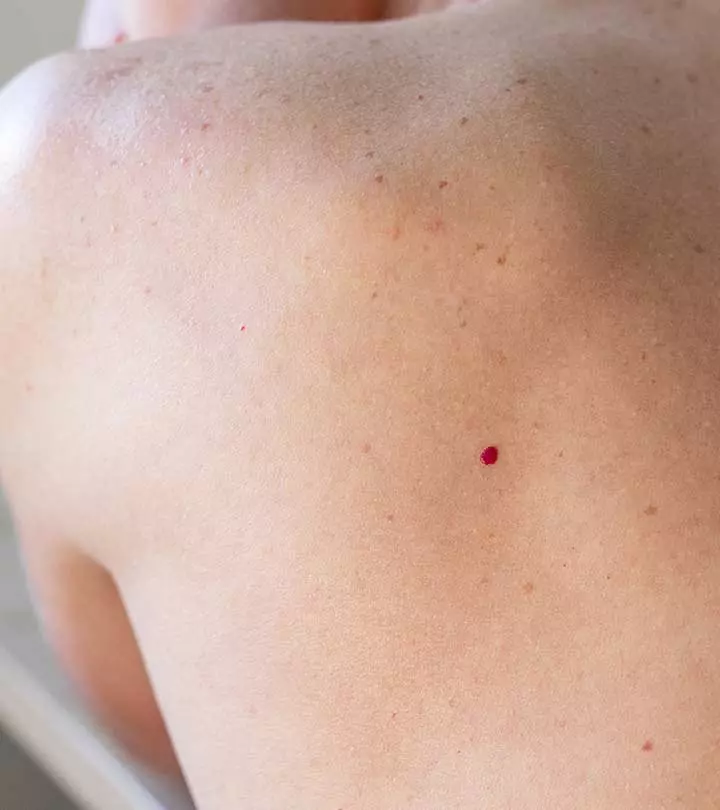
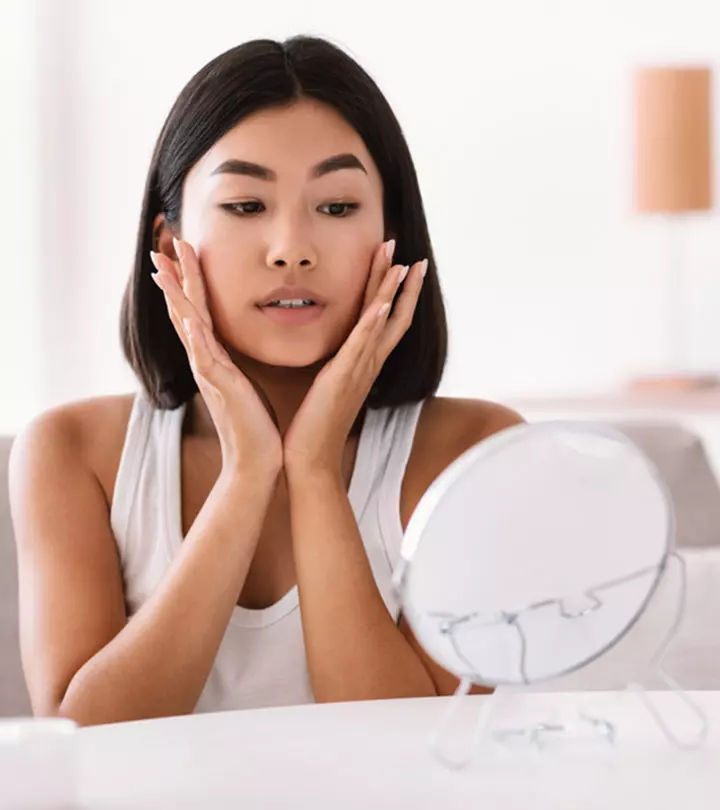
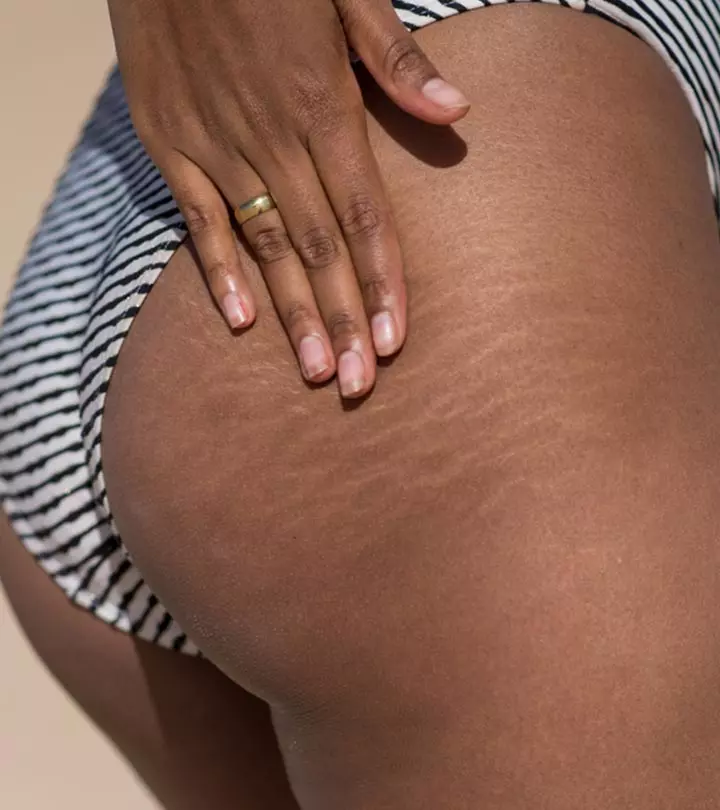
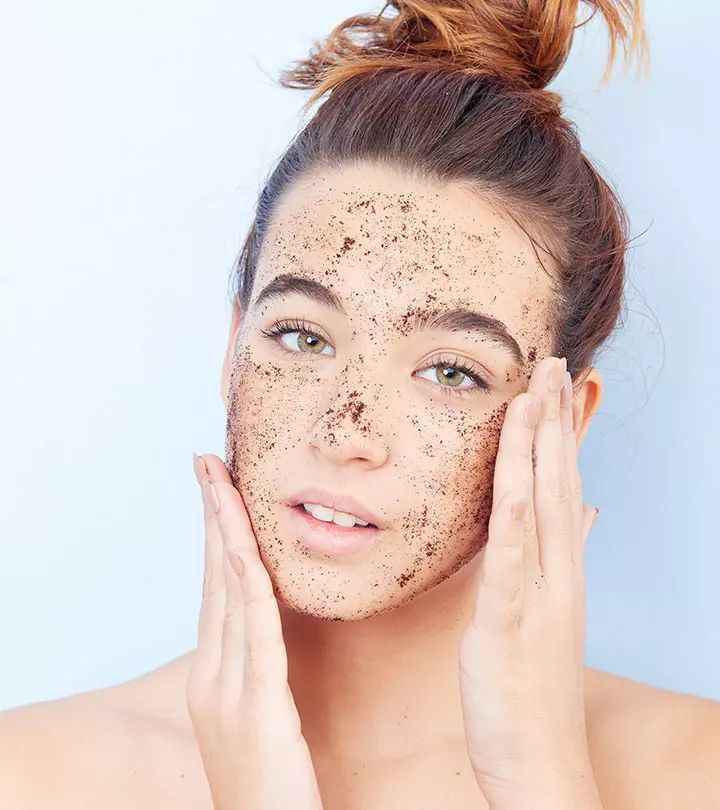
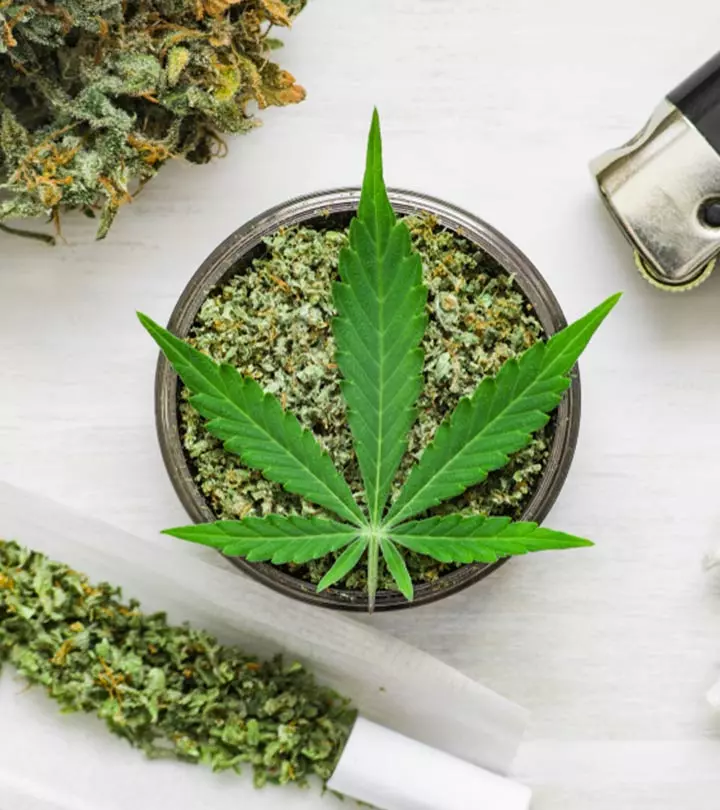

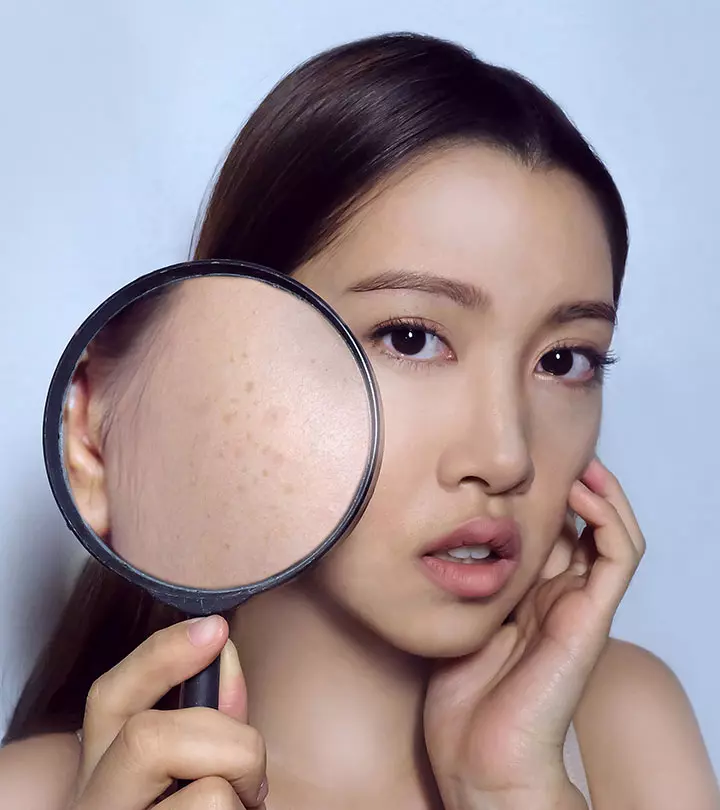
Community Experiences
Join the conversation and become a part of our empowering community! Share your stories, experiences, and insights to connect with other beauty, lifestyle, and health enthusiasts.